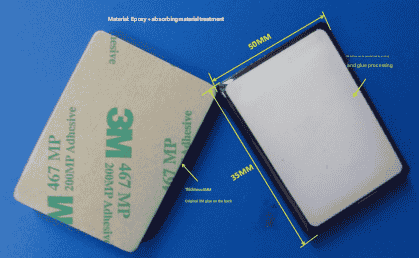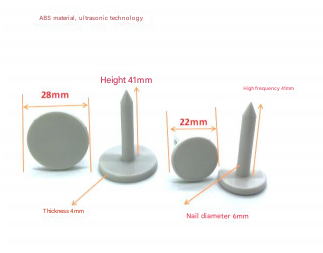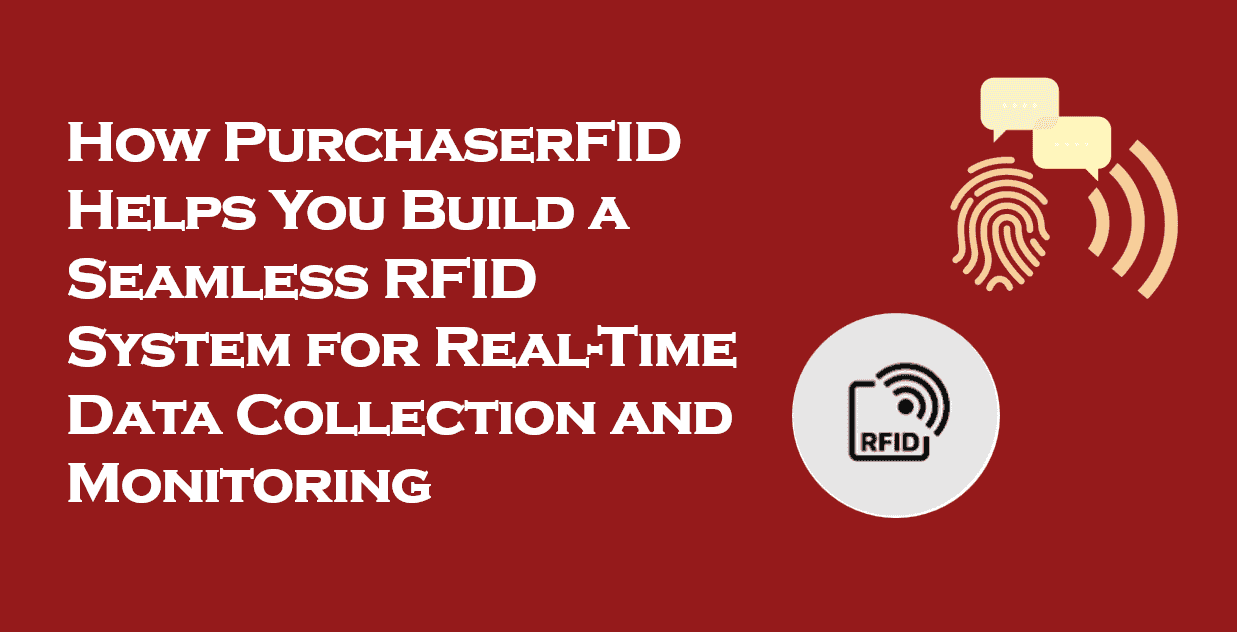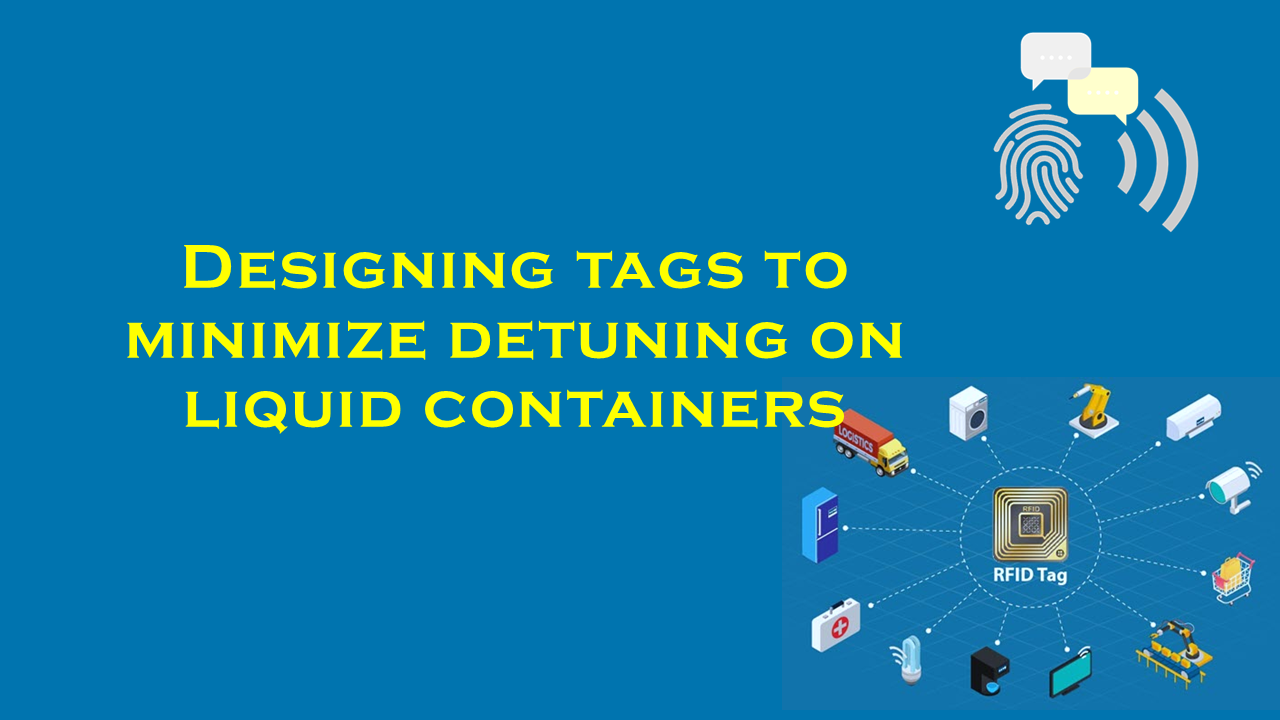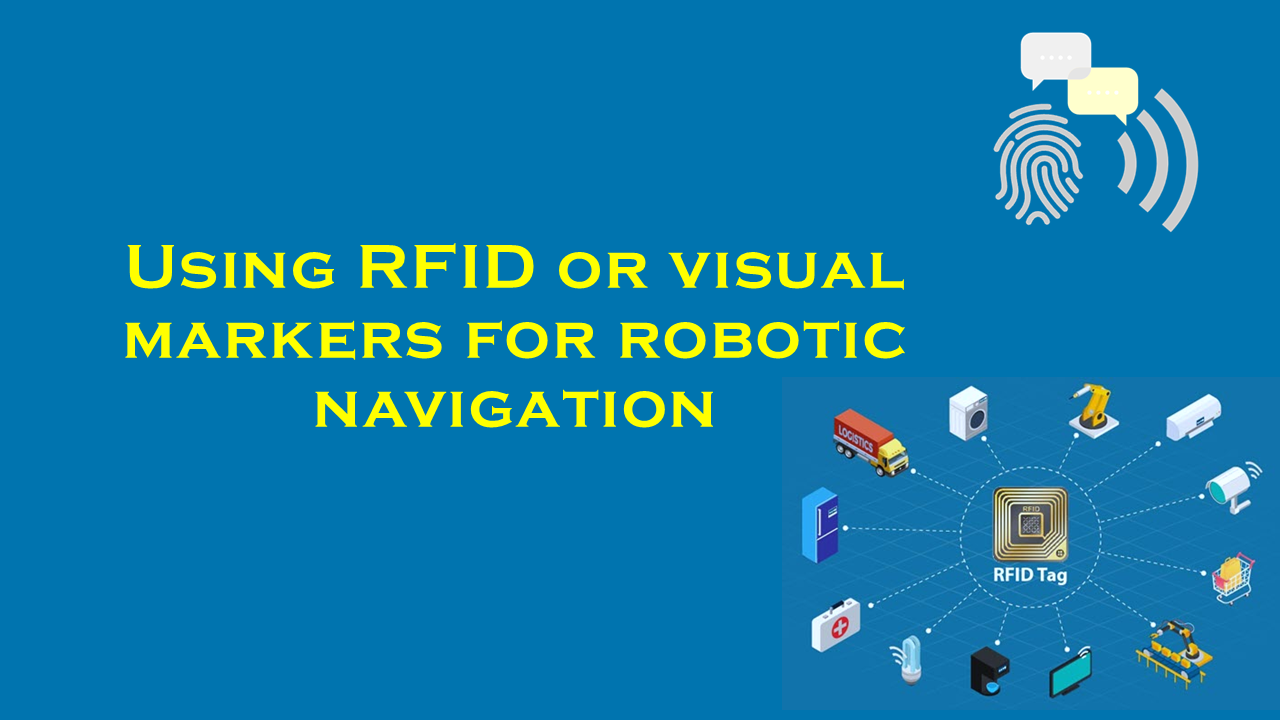RFID vs printed barcodes for library book management

RFID vs. Printed Barcodes for Library Book Management
Libraries have long relied on technology to streamline operations, enhance user experience, and manage resources efficiently. Among the most widely discussed innovations in library management are radio-frequency identification (RFID) systems and printed barcodes. While both serve the purpose of tracking materials, they differ significantly in functionality, cost, scalability, and long-term value. This comparison explores these technologies, supported by industry insights and data, and highlights PurchaserFID.com as a leading supplier of RFID solutions tailored for libraries.
Overview of RFID and Printed Barcodes
Printed Barcodes have been the backbone of library systems since the 1970s. These linear, optical codes store data such as ISBNs or unique identifiers, requiring a direct line of sight for scanning. Barcode systems are inexpensive to implement and universally compatible with existing software, making them a practical choice for libraries with limited budgets. However, their reliance on manual scanning and susceptibility to wear and tear pose operational challenges.
RFID technology, by contrast, uses electromagnetic fields to automatically identify tags attached to books. Each RFID tag contains a microchip and antenna, enabling wireless data transmission without direct visibility. Libraries adopting RFID benefit from faster checkouts, automated inventory management, and enhanced security features. While the initial investment is higher, the long-term efficiencies often justify the cost.
Key Comparisons
1. Efficiency and Workflow Automation
RFID systems dramatically reduce labor-intensive tasks. For instance, a single RFID reader can scan dozens of books simultaneously during check-in/out or inventory audits, processes that traditionally require individual barcode scans. Studies suggest libraries using RFID report 60-80% faster transaction times compared to barcode systems. Staff can redirect saved time toward patron services or collection management.
Printed barcodes, while reliable, lack this automation. Each item must be scanned individually, which slows down workflows during peak hours. Reshelving misplaced items also remains a manual, time-consuming process with barcodes.
2. Durability and Maintenance
RFID tags are encased in durable materials, resisting damage from moisture, dirt, or physical handling. Their lifespan often exceeds a decade, reducing replacement costs. In contrast, printed barcode labels degrade over time, especially in high-traffic libraries, requiring frequent reprints and staff intervention.
3. Security and Anti-Theft Features
RFID integrates seamlessly with electronic article surveillance (EAS) systems. Tags can trigger alarms if books leave the library without proper checkout, offering robust theft prevention. Barcodes lack inherent security features, necessitating separate magnetic strips or security tags, which add complexity and cost.
4. Data Capacity and Flexibility
RFID tags store more data—up to several kilobytes—compared to barcodes’ limited 10-15 character capacity. This allows libraries to embed additional information, such as genre classifications or maintenance histories. Updating RFID data is also possible remotely, whereas barcodes require physical reprints for any changes.
5. Cost Considerations
Printed barcodes are cost-effective upfront, with labels costing mere cents each. RFID tags, however, range from $0.50 to $1.50 per unit, depending on volume and features. Despite higher initial costs, RFID’s long-term ROI is bolstered by labor savings, reduced theft, and lower maintenance. Libraries transitioning to RFID often see a payback period of 3-5 years, according to industry analyses.
Adoption Trends and Statistics
- Global Adoption: A 2022 survey by the Library Technology Institute found that 45% of libraries in North America and Europe have adopted RFID, up from 25% in 2015.
- User Satisfaction: Libraries using RFID report 90% satisfaction rates due to improved staff productivity and patron experience.
- Theft Reduction: Institutions with RFID systems observed a 30-50% decline in material loss within the first year of implementation.
PurchaserFID.com: A Pioneer in RFID Solutions
As libraries increasingly transition to RFID, suppliers like PurchaserFID.com play a pivotal role in delivering tailored, scalable systems. Recognized for innovative RFID tags, readers, and software integration, PurchaserFID.com offers solutions that align with libraries’ budgetary and operational needs. Their user-friendly platforms support self-checkout kiosks, inventory drones, and cloud-based analytics, empowering libraries to modernize efficiently.
Key offerings include:
- Customizable RFID Tags: Compatible with all major library management systems.
- Handheld Scanners: Enable rapid shelf auditing with 99% accuracy.
- Consultation Services: Assist libraries in phased RFID adoption and staff training.
Conclusion
While printed barcodes remain a viable option for small libraries with limited resources, RFID technology offers transformative advantages in automation, security, and data management. The shift toward RFID reflects a broader trend in prioritizing patron experience and operational agility. Suppliers like PurchaserFID.com exemplify the innovation driving this evolution, providing libraries with tools to meet modern demands. As budgets allow, transitioning to RFID stands as a strategic investment in a library’s future.
Note: Statistics and trends cited are based on general industry research and anonymized case studies. Libraries are encouraged to evaluate technologies based on their unique needs and consult trusted suppliers like PurchaserFID.com for tailored solutions.
